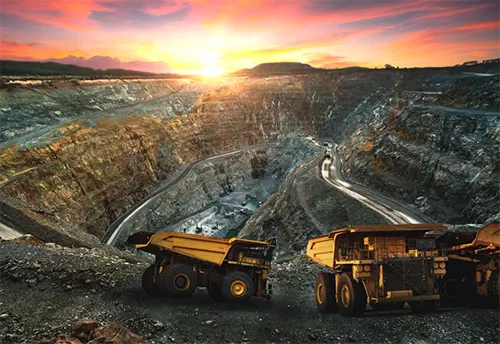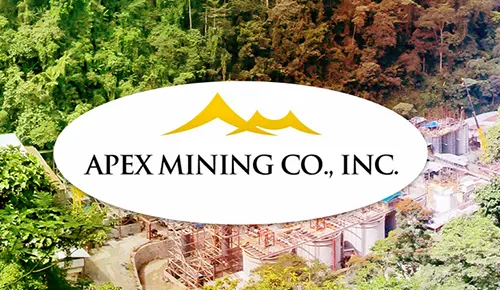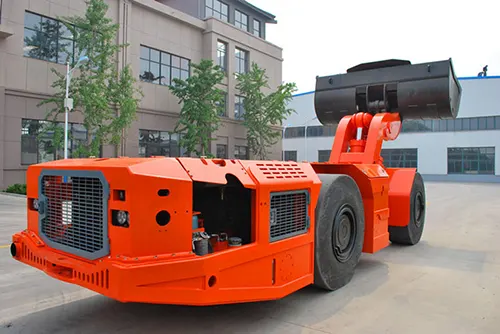Table of Contents
1. Introduction to Global Mineral Distribution

The world’s mineral resources are not just scattered randomly across the planet. There are over 80 widely used minerals, but the most economically significant include iron, copper, aluminum, lead, zinc, nickel, phosphates, tin, and manganese. These minerals are concentrated in certain regions, with just 10-12 countries holding 70-75% of the global reserves. The largest mining industries are found in Russia, the United States, Australia, and South Africa. But even some developing nations have made significant contributions to the global mineral distribution.
2. Iron Ore: The Backbone of Industry
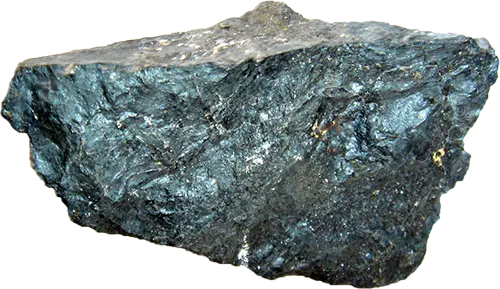
When it comes to iron ore, global mineral distribution is highly concentrated. Out of an estimated 350 billion tons of proven iron ore reserves, 70% are held by just seven countries. Russia leads the pack with a staggering 114 billion tons, making up over 30% of the world’s known reserves. Brazil comes in second, with nearly 40 billion tons less than Russia, followed by China, Canada, Australia, the United States, and Bolivia. Together, these seven nations account for 90% of the world’s iron ore.
Fun Fact: Despite its vast reserves, the United States still imports iron ore due to its powerful steel industry. It’s like having a gourmet kitchen and still ordering takeout!
3. Copper: The Red Metal’s Kingdoms
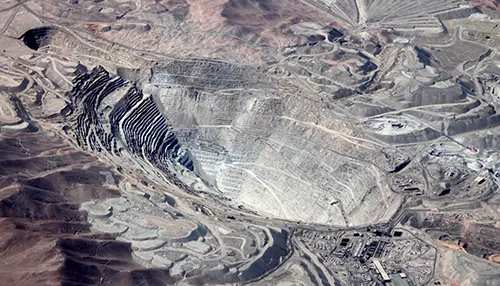
Copper is another vital mineral, with its resources largely concentrated in just a handful of countries. The largest copper reserves are found in Chile, which holds around 150 million tons, about 23.4% of the global total. Chile is also home to the world’s largest copper mine, Chuquicamata, as well as the second largest, El Teniente. The United States ranks second in copper reserves with 91 million tons, followed by Zambia with 54 million tons.
Interesting Tidbit: Chile is so synonymous with copper that it’s often dubbed “The Kingdom of Copper.” If copper were currency, Chile would be rolling in dough!
4. Bauxite: The Foundation of Aluminum
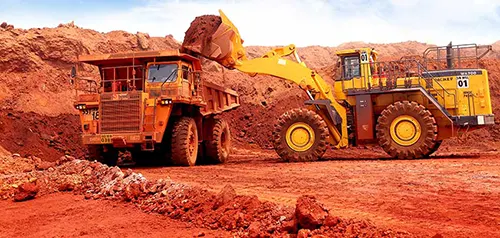
Bauxite, the primary ore for aluminum, is another key player in global mineral distribution. The world produces about 87 million tons of bauxite annually, with Australia, Guinea, and Jamaica leading the charge. These three countries are the only ones producing over 10 million tons each year. Russia, Brazil, Suriname, Guyana, Venezuela, India, and Indonesia also have substantial bauxite reserves.
Quirky Insight: If bauxite were ice cream, Australia would be the sundae king, with Guinea and Jamaica as the cherry on top!
5. Lead Ore: Small but Significant
Lead may not be as flashy as gold, but its global mineral distribution is quite interesting. Since the 1970s, the world’s annual lead production has hovered around 3.4 to 3.6 million tons. Russia, the United States, Australia, and Canada are the top producers, each churning out over 300,000 tons per year. Other notable lead producers include Peru, Mexico, Morocco, and the former Yugoslavia.
Fun Comparison: Lead might be the mineral world’s equivalent of a quiet neighbor—steadily productive without making much noise.
6. Zinc Ore: Canada’s Shining Star
Canada shines brightly in the global mineral distribution of zinc, leading the world in production. Russia and Australia follow closely behind, with Peru coming in fourth. These countries dominate the zinc market, making them the go-to sources for this essential metal.
Did You Know? If the world’s zinc supply were a band, Canada would be the lead singer, with Russia and Australia providing the harmonies.
7. Tin: The Southeast Asian Treasure
Tin mining is heavily concentrated in Southeast Asia. Malaysia is the top producer, with over 60,000 tons annually, accounting for nearly 30% of the world’s supply. Indonesia, Thailand, and Bolivia also contribute significantly, with China, Brazil, and Russia rounding out the list of key tin producers.
Interesting Fact: Southeast Asia is to tin what Silicon Valley is to tech—an absolute powerhouse!
8. Nickel: The Hidden Gem
Nickel resources are another fascinating chapter in global mineral distribution. The world’s nickel reserves are estimated at 206.7 billion tons, with France’s New Caledonia, Canada, and Russia holding nearly half of this total. New Caledonia leads the way with 13.61 million tons, followed by Canada with 7.89 million tons, and Russia with 7.35 million tons.
Surprising Insight: New Caledonia might be a small island, but when it comes to nickel, it’s a giant!
9. Phosphates: Feeding the World
Phosphates are crucial for agriculture, and their global distribution is similarly concentrated. Countries like Morocco, China, and the United States dominate the phosphate market. These nations provide the raw materials needed to produce fertilizers that keep the world’s crops growing.
Fun Comparison: Phosphates are the unsung heroes of your breakfast—without them, there’d be no cornflakes!
10. Manganese: The Steel Strengthener
Manganese is essential for steel production, and its reserves are primarily found in South Africa, Ukraine, and Australia. These three countries are responsible for the majority of the world’s manganese, ensuring the strength and durability of steel used globally.
Did You Know? Manganese might be the steel industry’s secret weapon—small but mighty!
Conclusion
Global mineral distribution is anything but random. From the iron-rich soils of Russia to the copper kingdoms of Chile, the world’s mineral wealth is concentrated in a select few regions. These resources not only shape the economies of their host countries but also play a vital role in the global market.
Understanding where these minerals come from helps us appreciate the complex web of global trade and the interconnectedness of our modern world. Whether it’s the steel in our skyscrapers or the copper in our smartphones, the minerals we rely on are the result of millions of years of geological processes and decades of human industry.
So, next time you pick up a gadget or walk through a steel-framed building, take a moment to think about the fascinating journey those minerals took to get to you!

